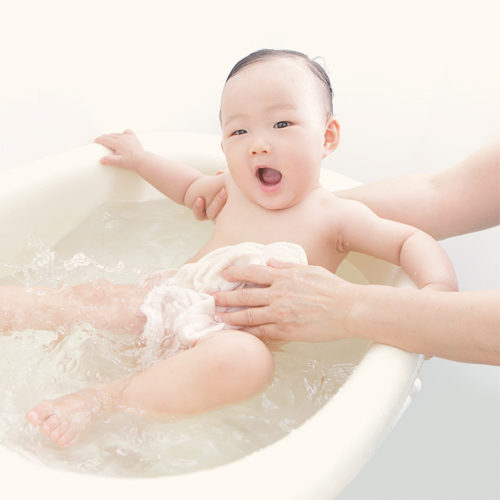8 things to know about water safety and drowning

A young child can drown in just 5 cm of water within seconds. Most of the time, you may not even hear any screaming, spluttering, or splashing!
Drowning is the third leading cause of death worldwide, with an estimated toll of 300,000 globally each year. Out of those deaths, the highest drowning rates are among children ages 1-4.
Where do children drown?
Around 70% of drowning cases occurred when they weren’t supposed to be near a water body: the pool, a lake, or even a filled bucket. Over a quarter of those cases occurred inside a seemingly safe place, such as their own homes!
Here are 8 ways to reduce potential drowning risks:
- Prevent unsupervised access to the bathroom: Filled bathtubs and toilet bowls are a drowning risk for toddlers. Ensure all bathroom doors are blocked using latches or doorknob covers and make it a household rule to close the bathroom door at all times. Lock toilet sets lids and drain bathtubs when not in use.
- Never let a child go near a swimming pool unattended: If you have a swimming pool at home, install a fence around the area. If you live in an apartment building or rent a hotel room, ensure that Your Child cannot go to the pool floor without an adult.
- Empty water containers immediately after use: This includes cleaning buckets, blow-up pools, ice coolers, and trash cans that may have collected rainwater.
- Remove or fence away any garden hazards: Save birdbaths, fountains, and fish ponds for when your toddler is older.
- Take Your Child to swimming classes: Look for a reputable instructor or program that teaches children how to safely get out of water during unexpected circumstances. However, always keep in mind that swim lessons only alleviate the risks of drowning.
- Be attentive when supervising Your Child near water: Whenever your child is near a body of water, make sure that you are not under the influence of drugs or alcohol or preoccupied with your phone. Also, provide constant supervision whenever you visit other people’s homes.
- Have your child wear a properly-fitted pool floatie when near deep water: Floaties like pool rings should come with leg support to prevent slippage. If you buy floaties, look for those with additional styrofoam support on the inside. The extra padding will give them enough flotation, even if the air pockets happen to deflate.
- Prepare for boat trips: If you travel by boat, make sure you bring along a child-sized life jacket, as many public boats or yacht rentals don’t support them for toddlers and young children. Life jackets should be secure enough to not slip past a baby’s chin and ears.



